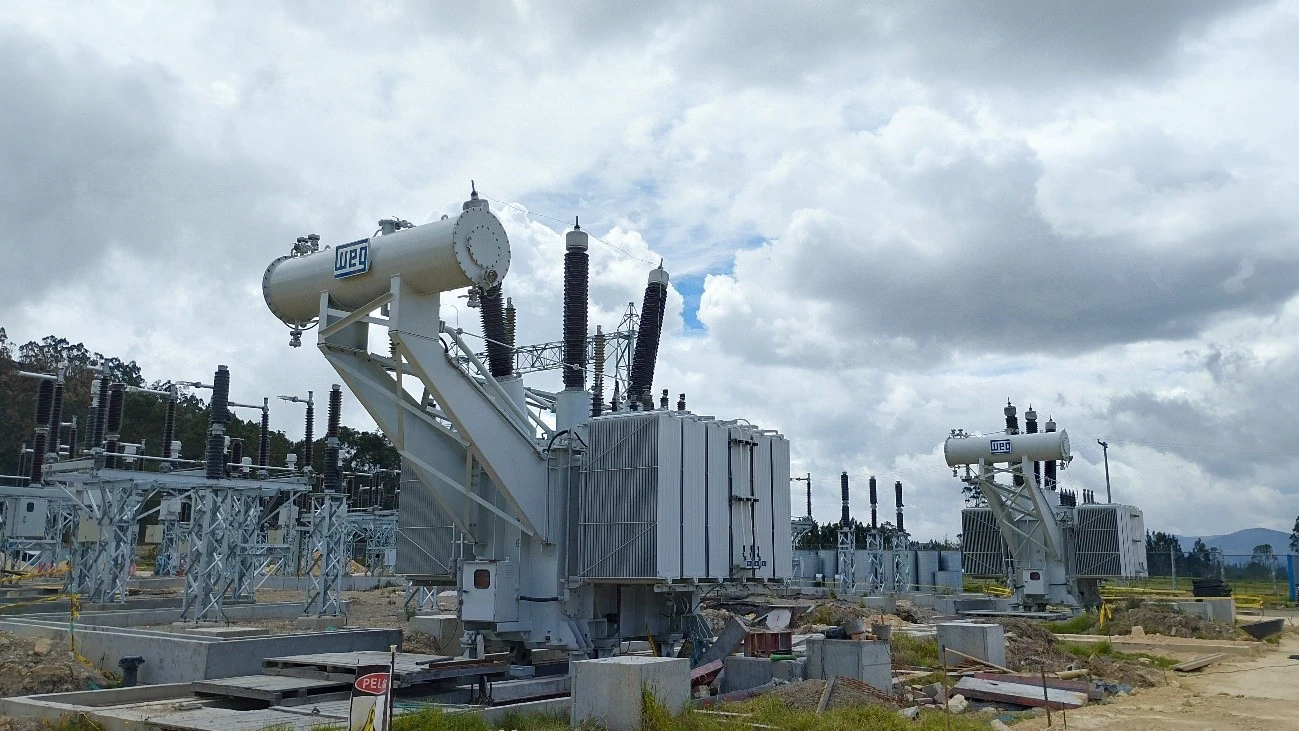WEG to Help Bogota’s Canoas Wastewater Treatment Plant Handle a Billion Liters Daily
Soon to be treating nearly 70% of sewage generated in the region, WEG is to supply critical electrical infrastructure to power and control Colombia’s largest-ever wastewater plant.
Long a leader in electrical hardware power and transmission design, WEG manufactures motors, controllers, and similar drivetrains. WEG also offers integrated solutions to vertically oriented markets like wastewater and potable water treatment systems. Recently WEG was engaged by regional authorities to supply critical electrical infrastructure to power pumps and control flow. According to regional authorities, the project will be the largest wastewater treatment plant in Colombia, and improve the quality of life of more than 7 million people.
According to WEG the main waterway of the Capital District has been polluted by a variety of domestic and industrial wastewater streams for decades. As the river passes through Bogota, it receives pollutants from the Salitre, Fucha, and Tunjuelo rivers. Upon leaving the city, the river then travels through Soacha, contaminating it with its polluted waters.
Recognizing how dire the situation was a ruling regarding the river was made by the Superior Court of Cundinamarca, as well as a decision of the second hearing by the Council of State. Among other things noted in a WEG blog, was they ordered that the Canoas Wastewater Treatment Plant (WWTP) to implement primary and secondary treatment disinfection processes.
Bogota’s public agency noted construction of the Canoas plant is the largest and most important environmental project in the country and when finished, the third largest in Latin America for primary and secondary wastewater treatment.
Wastewater Treatment for Bogota
Bogota, Columbia’s capital city, currently has a population of more than 7 million people. People living in this massive urban center generate nearly 160,000 tons of organic waste. Much of this effluent finds its way into the Bogota River, making it one of the most polluted rivers on the planet. Estimates of the Bogota River’s daily effluent output include 318 kilograms of chromium; 278 kilograms of lead; 140 tons of iron; 111 tons of detergent and 835 tons of suspension solids.
Besides being gross and generally unpleasant, organic waste can lead to disease and generally poor environmental and societal outcomes. Being able to process the large volume of incoming waste while also ridding the river of this major source of pollution was a major priority for controlling and treating the city’s sewage.
Canoas Wastewater Treatment Plant
Fortunately for the region and the planet the Canoas Wastewater Treatment Plant’s construction has begun. A massive undertaking, the facility is intended to treat 100% of the wastewater from Soacha, 70% from Bogota, as well as effluent from several other river basins that drain into the Bogota River. Ultimately, this means the plant will handle more than a billion liters of wastewater per day.

Current construction at the Canoas Wastewater Treatment Plant. Image used courtesy of WEG
WEG’s Mega Solutions
After a competitive bidding process, WEG will engineer and supply several substations, as well as transformers, motors, and other gear to support the electrical requirements of this mega project.
More specifically, WEG will supply a 115 kV complete substation. The substation is to include two 30 MVA/115/13.2 kV transformers and is expected to improve plant reliability and reduce downtime. WEG will also supply 17 sets of medium-voltage switchgear, as well as low-voltage load centers as part of the electrical end of this contract.
In terms of pumping capacity, WEG is to supply six 4300 kW 3-phase induction motors, as well as variable frequency drives for each motor. Capable of pumping 6.4 cubic meters of water per second to a height of 51.4 meters, the motors mount vertically to save space.
A More Sustainable Future is Assured
Controlling the pollution entering the Bogota River is a major problem, fortunately, regional authorities have recognized this and taken action. Although It is easy to point fingers and highlight the importance of cleaning up the river, it is a lot harder to propose solutions and actually use them to clean things up. This is precisely what WEG has done. With these incredibly powerful pump motors and reliable electrical hardware, they will help keep this plant running efficiently, improving the quality of life for all creatures great and small that call this region home.

 Facebook
Facebook Google
Google GitHub
GitHub Linkedin
Linkedin









It is Colombia, not Columbia… Lost interest as soon as I read how unprofessional the writer was by not getting the name of the country right